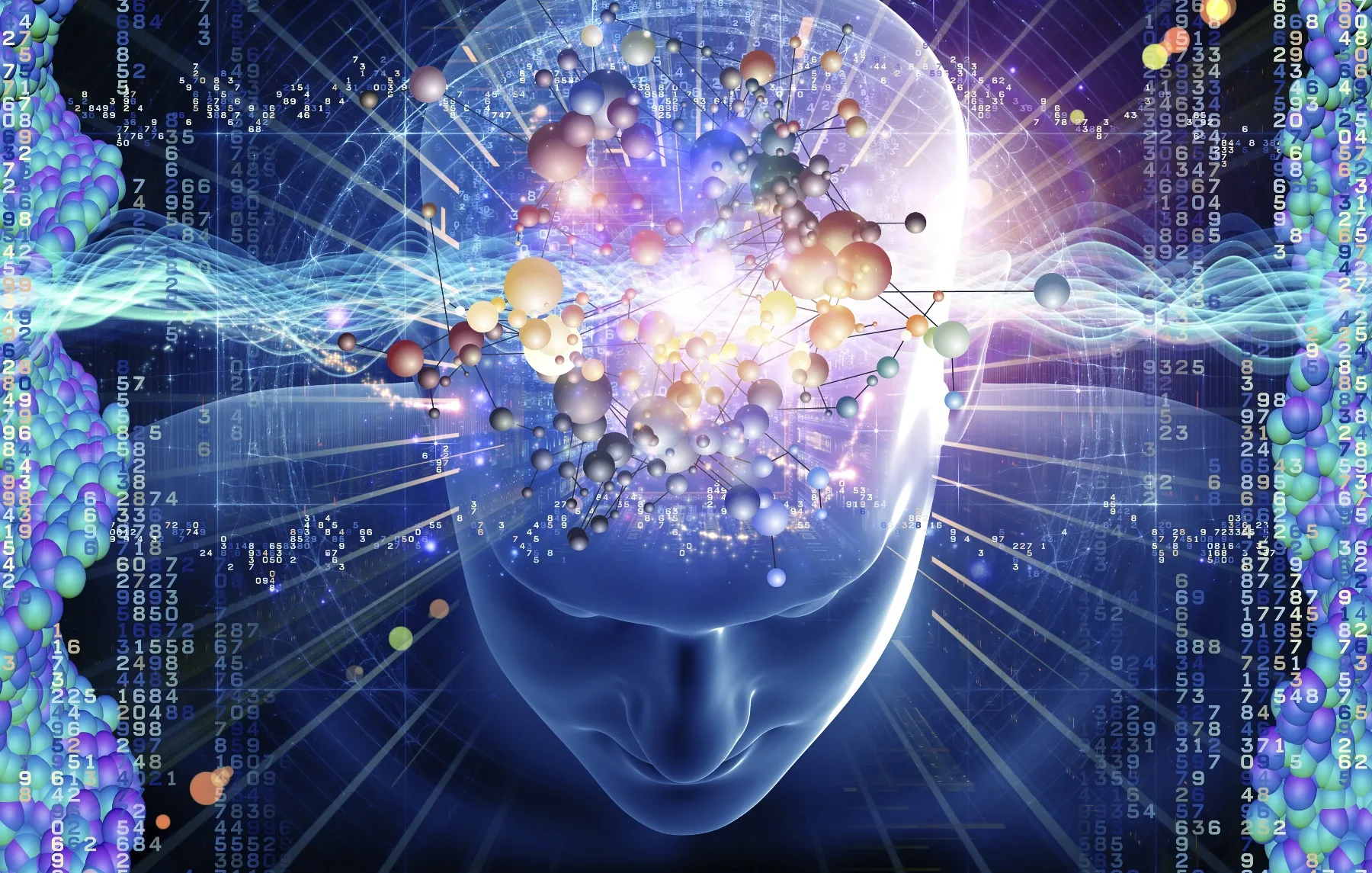
Neural networks are now widely spread and employed for solving tasks across different spheres: from science and medicine to transportation and construction. A unique feature of a neural network is that it acts as a sort of software “brain”. It is capable of remembering and analyzing information, generalizing, and making logical conclusions. Neural networks successfully solve assigned tasks and, most importantly, continually learn. The similarity to the human brain is evident. However, to achieve the anticipated effect from interaction with artificial intelligence, it’s crucial to know how to properly use a neural network.
Why It’s Important
Neural networks can be classified into categories based on different characteristics: neuron type, learning technology, etc. Depending on the architecture, the following types of neural networks are distinguished:
- Multilayer. They are capable of processing, analyzing, and classifying very large volumes of information.
- Recurrent. The main task of such networks is the analysis of sequences and forecasting. These models generate logical, meaningful text.
- Convolutional. They generate, process, and edit images.
In everyday life, modern humans frequently utilize machine intelligence without giving it much thought. Voice assistants, virtual assistants, image search – all are different forms of artificial intelligence.
Neural networks are successfully employed by professionals from various fields: artists, designers, programmers, marketers, copywriters, etc. An intelligent system is capable of creating original images based on given verbal parameters, writing articles, developing software code, and much more.
The work of a neural network can be described simply by the following algorithm:
- The user inputs a verbal description of the desired image.
- The text entered by the user is broken down into keywords. The system translates them into a machine language.
- Based on this data, the neural network sketches a pixel outline of the future picture.
- Next, deep colors, shadows, texture are applied, and a specific style is set.
- In the final stage, the last touches are made to the image, and the user receives a finished picture.
To achieve the most accurate result, it is very important to learn the basic principles of proper neural network usage.
Basic Rules
Theoretically, interaction with a neural network seems quite straightforward:
- Logging into the selected neural network.
- Registering (if required).
- Sending a request for generation.
- Waiting for the result (waiting time depends on task complexity).
- Receiving the result.
However, in practice, it is not so simple. To get the desired result on the first try, it is extremely important to learn how to formulate requests correctly. To pose a task in line with the features of computer intelligence, one can use ready-made templates from the internet into which their requirements are inserted or learn independently.
If you need a neural network-generated image, it’s necessary to describe the picture in as much detail as possible. Here are some fundamental principles for forming input data for a neural network:
- First, you need to specify the subject that should be the main object in the picture. These can be people, animals, architectural objects, phenomena, etc. Simple examples: girl, horse, museum, fog. The descriptive word can be double: punk girl, castle museum, etc.
- Optionally, you can specify the location. For example: girl on the beach, horse in the pasture, museum in the city, fog over the river.
- In the description, you should state how many objects should be present in the picture. For example: two girls, three horses, etc. It’s worth noting that a large number of objects can lead to reduced detail.
- You can describe what’s happening with the picture’s object. Examples: the girl is playing, the horse is flying.
- It’s possible to describe characteristics, mood, character: joyful, sad, scared, etc.
- Next, you need to specify in what style the described image should be generated. To get a realistic image, the parameters of a virtual camera are set.
- You should specify the color palette of the picture. This can be sepia, pastel, neon, etc.
- The final step is to describe the picture’s quality: dimensions, detail level.
To generate text via addressing a neural network, careful consideration must also be given to the formulation of the request. First, the action is described. You can ask the system to create a script for a video, write a social media post on a given topic, put together a content plan, etc. Texts can be written from either the third person or first person depending on the request.
Some neural networks can inform the user about what they require to write text on a given topic. For this, simply ask the neural network the appropriate question.
For the text generated by the neural network to be easy to read and understandable to readers, the target audience should be specified. To do this, you will need to provide such parameters as the gender and age of potential readers. You can also indicate the geographical location, interests, and field of activity of the readers.
Conclusions
Since neural networks are increasingly employed in various industries each year, we can confidently predict the gradual displacement of people from certain fields of activity by artificial intelligence. Neural networks can be entrusted with routine work that follows clear algorithms and requires processing large amounts of information. But even the most intelligent machine will not be able to compete with the human brain regarding creative capabilities.

